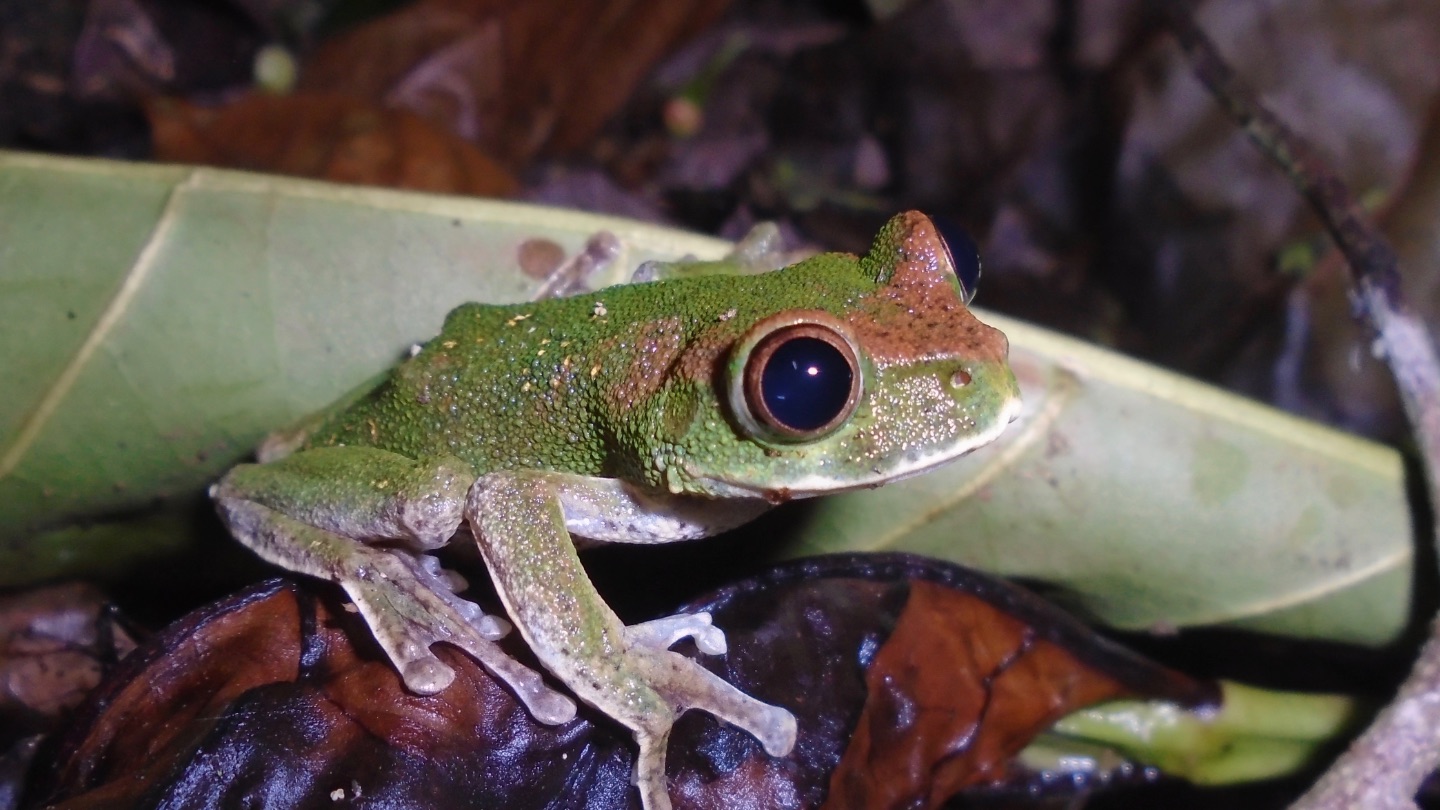
An amphibian sanctuary in Cameroon
Scientists have been charting a global decline in amphibians for at least a decade. While this decline has been well-studied in the neotropics, research is still sparse on amphibian diversity in central Africa.
Frogs and toads, highly susceptible to environmental disturbances by virtue of their biology, are what's known as indicator species. Assessing amphibian populations, therefore, can tell you a lot about the health of the broader environment. Geraud Tasse, a 2015 CARN awardee, set out to assess the health of three frog species, and understand how ecological gradients drive amphibian community structure. Identifying these landscape-scale patterns of amphibian diversity is an important first step in conservation.
Tasse's CARN research showed, for the first time, a relationship between environmental variation and community variation in frogs. The amphibians are particularly sensitive to changes in hydrology, topography, climate and vegetation. He also explored a particularly human threat to frogs: Hunting. Via community questionnaires and market surveys, Tasse found that one particular species, *Conraura crassipes*, was commonly sold in markets as bushmeat. His research supports the creation of an amphibian sanctuary around Mount Manengouba, a volcano in southwest Cameroon that is home to a particularly rich assemblage of frogs and toads. Tasse published research making the case for preserving this biodiversity hotspot in the journal Herpetological Review.
Central Africa is home to about 300 species of frogs and toads. And those are just the ones scientists know about. Tasse's CARN research provides baseline data on amphibian population structure; much needed research in the face of expanding human population and climate change. Tasse holds a Phd in zoology from Cameroon's University of Buea, and is currently a research assistant at Cameroon's Institute of Geological and Mining Research. He is still researching amphibian biology and conservation, including a project on preserving Cameroon's endangered goliath frog.
Tasse says that receiving a CARN grant greatly contributed to building his potential as a scientist and researcher. "It was a great occasion for me put in practice what I had been learning. It was essentially the first funding I received to support my research, and it provided me an opportunity to create impact."
Published on